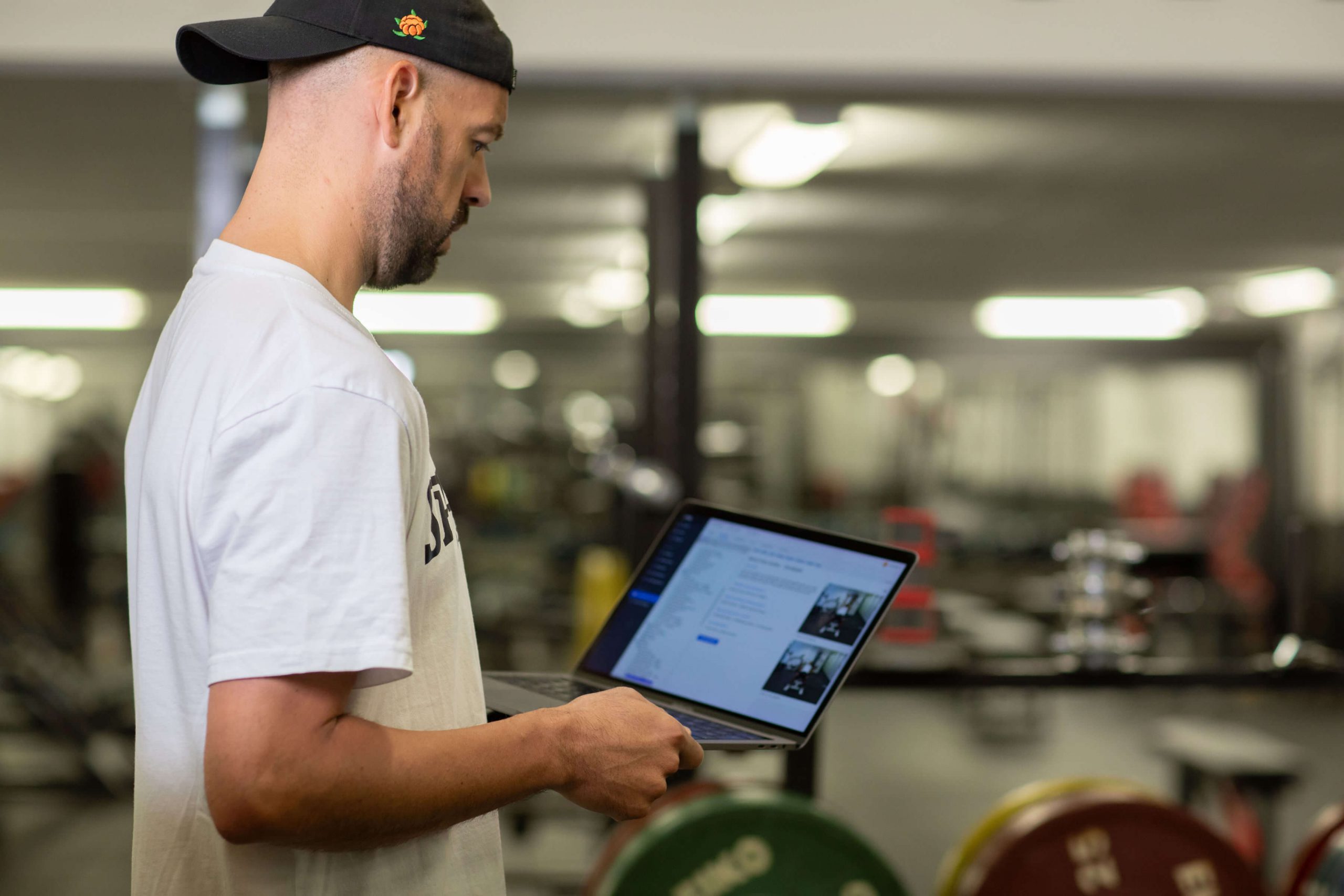2025 XPS Recap!
2025 has been a busy and rewarding year at XPS Network. Working closely with coaches and teams across different...
Read MoreJune 5, 2022
4 min reading
Technology plays an integral role in sports in so many ways. Coaches have more access to athlete data than ever before, and in every way, technology can enhance performance across the board.
In training, gyms, and weight rooms, there are hundreds of ways coaches can extract data on athletes’ performance. With solutions such as XPS Network, you can get a 360 view of this data, making it easier to improve performance and areas that athletes and other training staff need to focus on.
One of those areas is Velocity-Based Training (VBT). With a well thought-out, strategic approach to VBT, coaches can get more out of training in weight rooms and gyms. Turning VBT-based gains into advantages on the field and in competitive games.
Using data when implementing Velocity-Based Training in a weights room is crucial if you want to make the most of this type of training. It does require an upfront investment, but the payoffs are worth it when performance improves.
As with any technology investment, the purpose is to help coaches make informed decisions. Without data, you are coaching in the dark.
For example, imagine if you’ve got a big game coming up. But the data is showing you that players aren’t recovering from injuries as quickly as normal. Do you keep pushing forward with the same training plan, or do you adjust? Giving players more time to recover, ready for the big game?
A smart coach will adjust, based on the data. Give players time. And in most cases, this will payoff, not only in competitive games, but in the outcomes from training sessions. With data inputs from every source — including weight rooms — coaches benefit from a consistently clear picture of where every athlete is, and what they need.
With a data-driven VBT system installed on weights, coaches and therefore teams benefit in numerous ways:

Depending on your budget, there are numerous systems on the market.
Bluetooth-enabled sensors need to be attached (usually with velcro) to weights, bars, and other gym equipment. Once these are attached to the various weights and other equipment, you need a system that can take the raw data and turn it into something a coach can use.
Most VBT systems come with software, and there’s a good chance this software can plug into other data inputs in XPS, which means you can have everything visible within a single application.
Once you’ve got everything up and running, the trick is to start with a small group of athletes. Start with your top players. Let them get used to the system, and then encourage those athletes to train other members of the team on the equipment and any new training routines.
Now you’ve got all of this data pouring in from weights and weight-based exercises, it needs to be put to good use. With the right inputs from weights training, coaches can pull together the following:
When you combine VBT data with other sources (as you can using XPS), coaches will have everything at their fingertips. Coaches will know exactly how well players are doing, where they’re struggling, and an understanding of why performance changes over time.
Using multiple data sources, you can adjust weights-based and other training elements to improve performance, speed up recovery, and produce better outcomes from training plans.
Would your team, club, youth association, or sports association benefit from XPS and its wide range of features? Contact XPS Network if you want to find out more, or Sign-up for a Free Trial today.
2025 has been a busy and rewarding year at XPS Network. Working closely with coaches and teams across different...
Read MoreThe International Football Conference 2025, held over three inspiring days at Brøndby Stadium, once again proved why it is...
Read MoreManaging a growing exercise library can be a grind. Adding new drills one by one? Slow. Re-tagging the same...
Read MoreThank you!
Our representative will get back to you soon with time suggestions for an online meeting.
If you have any questions contact us at support@sidelinesports.com
Schedule a short online meeting with our representative
Try free XPS 14-days trial right now No credit card required